|

by The Siberian Times reporter
July 12,
2018
from
SiberianTimes Website
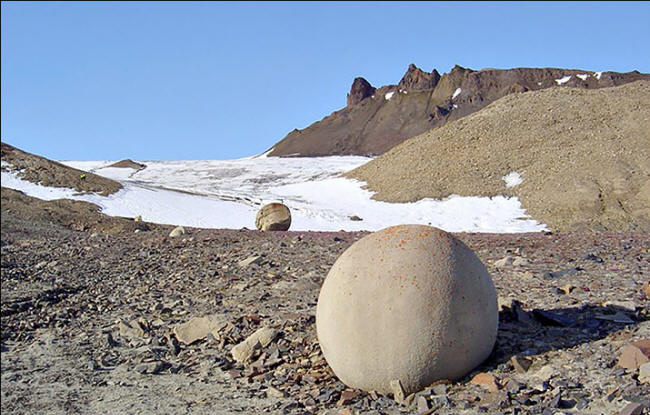
Visitors to this cosmic landscape
named the round rocks
'footballs of the Gods'.
Picture: Russian Arctic
Giant
natural balls
in the
Franz
Josef archipelago
that leave
scientists flummoxed...
The huge stone balls up to two meters in height are found on
appropriately-named
Champ island above the polar circle.
Perfectly spherical they are scattered all over this northern
uninhabited outpost.
We reveal the latest pictures of this remarkable sight as the final
of the FIFA World Cup 2018 is played 2,842 kilometers to the
south in Russian capital Moscow.
From the time they were first seen, visitors to this cosmic
landscape named the round rocks 'footballs of the Gods', and at
first it is hard to believe that they are natural and not made by
man, or possibly giants...
Yet the barren 374 km2 (144 sq miles) island was never
inhabited and scientists are sure they are not artificial, even if
they cannot agree how they were formed.
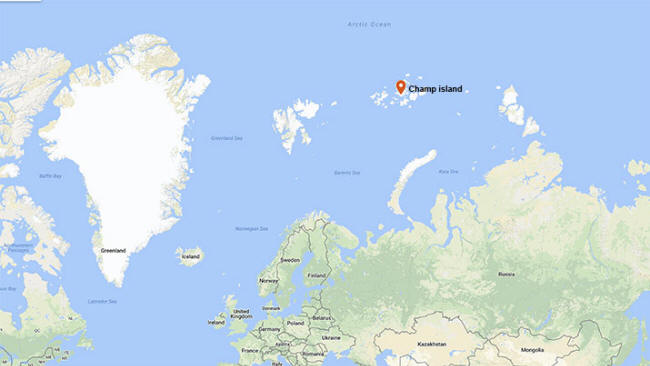
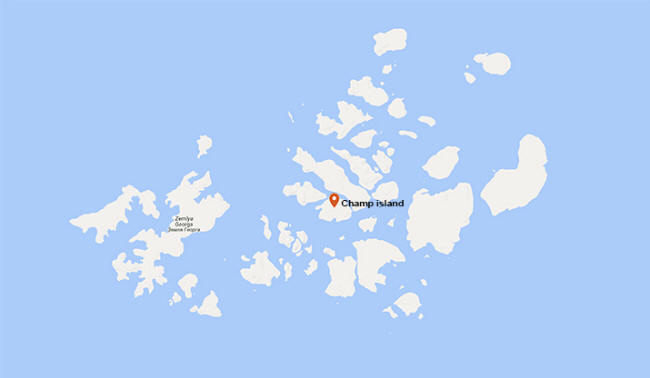
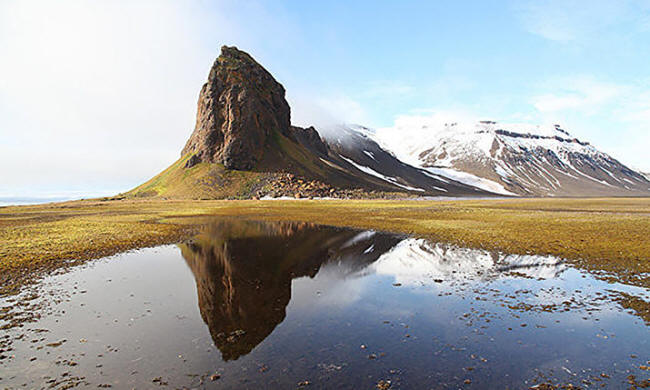
The huge stone balls up to two meters in height are found on
appropriately-named Champ island above the polar circle.
Similar but smaller stone balls were found last year on
Heiss
island in the same archipelago.
Russian polar researcher Viktor Boyarsky said of the
extraordinary phenomenon:
'The spheres are made
of soft sand stone.'
'You can see that
many large balls fell apart into two big halves, and the largest
stone on the island is breaking down year by year.'
Konstantin Zaikov,
of the
Arctic Federal University, said:
'They look man-made,
but they are in fact stones that were formed thousands years ago
by crystallization and subsequent magnetization of grains of
sand onto the crystal.
'Sand grains harden and create a fairly dense spherical shape.'
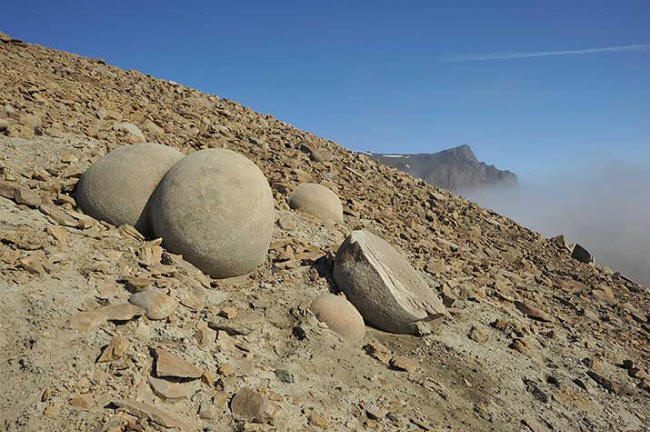
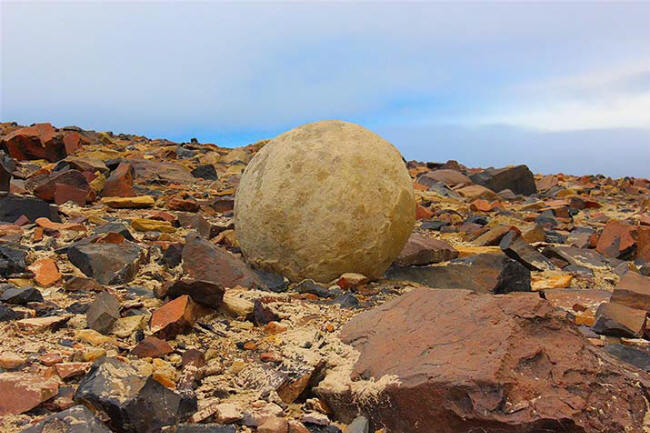
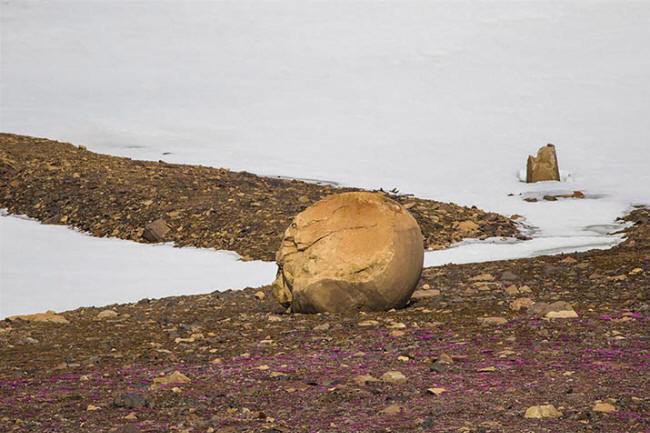
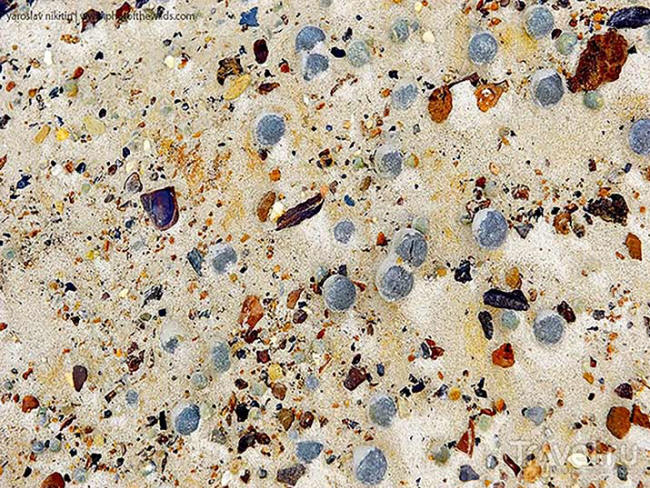
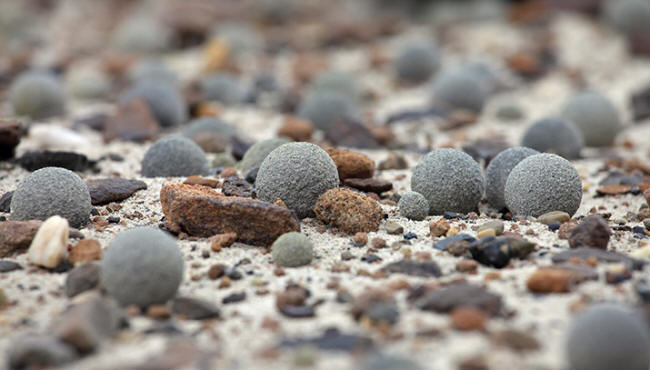

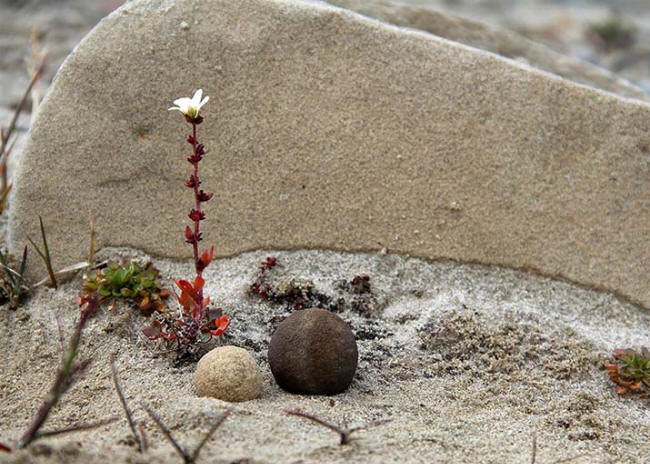
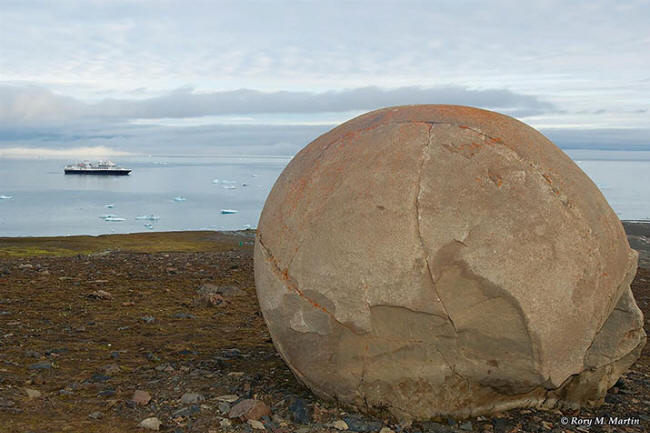

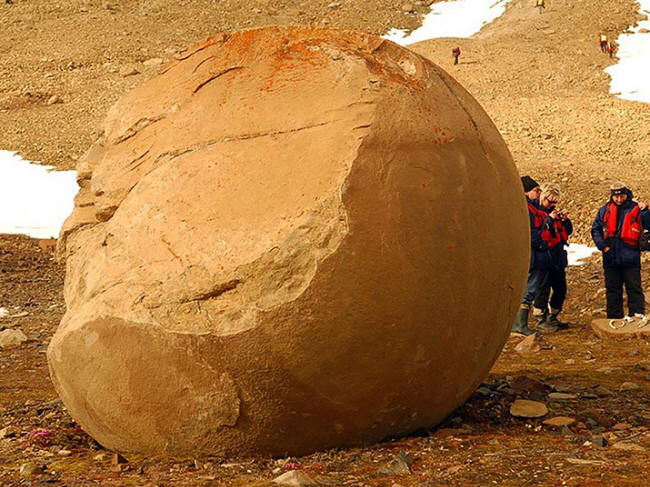
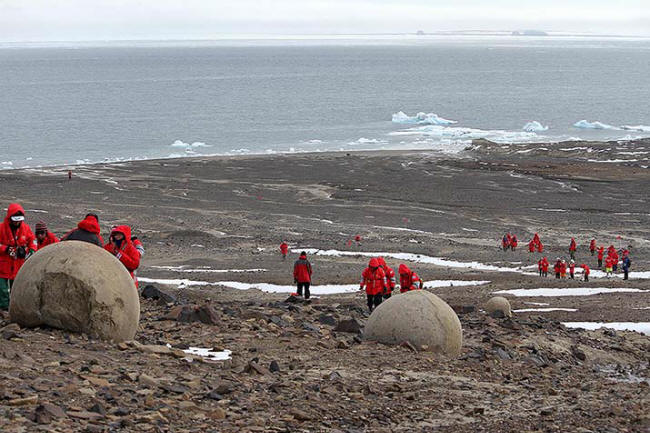
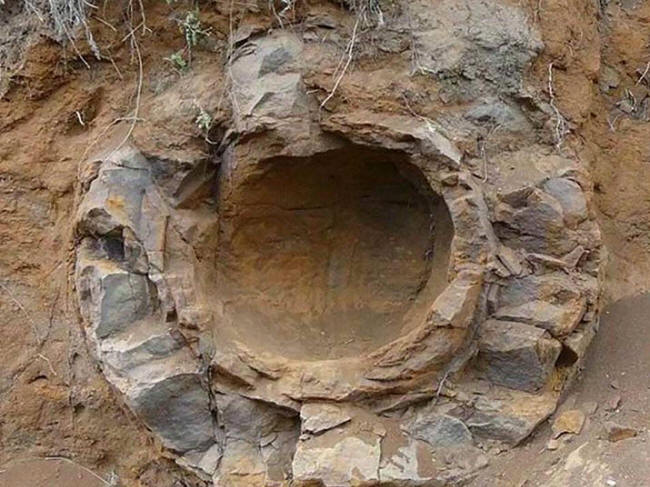
We reveal the latest pictures
of this remarkable sight
as the final of the FIFA World Cup 2018
is
played 2,842 kilometers to the south
in Russian capital Moscow.
On Heiss island,
'the spherulites look
like round bullets or cannon balls. We found balls of different
sizes, but none as big as at Champ island.'
Yet Austrian geologist
Sepp Fridhubera claimed the rounded shapes of the rocks were
formed underwater and they have an organic core in the centre.
As previous reports have noted every geologist seems to have their
own theory.
Champ island is named after William S. Champ, a
representative of American industrialist
William Ziegler who
funded a number of pioneering 19th century Arctic
explorations.
Heiss is a Germanized version of the name Hayes.
Isaac Israel Hayes,
also American, was an Arctic explorer...
| 
















